
Dog Training Commands
By Sally Gutteridge | Posts , Training
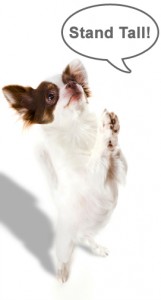 Dog training commands are widespread and varied. The humble and loyal canine is employed within so many roles that the list of dog training commands is getting lengthier all the time.
Dog training commands are widespread and varied. The humble and loyal canine is employed within so many roles that the list of dog training commands is getting lengthier all the time.
In reality whatever we train our dogs to do can be called anything at all. We can ask a dog to sit by using the word “egg” if we want to, as long as we have shown the dog what the word means. Generally though the commands we teach to our dogs are far more sensible than “egg”
During competition training particular dog training commands are used. Dogs that carry out specific roles also have their own cue words. Here are some examples of dog training commands used within the English language on a daily basis.
Used in formal obedience and general pet obedience training;
- Sit, probably the most used command, strangers are not adverse to walking up to any dog and asking for a sit response, and more often than not the dog will perform correctly.
- Heel, asking the dog to walk at heel both on and off leash.
- Down, used to ask the dog to lie down on command
- Wait, can be a prelude to another command
- Stay, similar to wait, sometimes used differently dependent on training establishment, the stay is often used for longer term out of sight stays, where the handler can expect the dog to wait for them for several minutes.
- Come, recall, the command used to call a dog back to his handler and the one that many can struggle with.
- Off, particularly useful for dogs that are disposed to jumping on people and furniture.
Flyball and agility training is often based around the dog training commands;
- Up, jumping over things
- Over, jumps and catwalk/a frames
- Through, used to send the dog through the agility tunnel or tire jump
- Steady, to slow an enthusiastic dog whist competing and agility circuit
- Wait, used to steady a dog and prevent it missing crucial touch points on agility equipment
- Fetch, a command used in flyball to encourage the dog to fetch the ball from the dispensing box. Very few formal command words are used in flyball either competition or training as the dog is encouraged to be fast and keen, the atmosphere and adrenaline at a flyball tournament is electrifying. During this activity, handlers often tell their dogs to “go” “fetch” and “come” or “come out”
Working dogs are often taught to respond to the generic obedience commands. Role dependent commands are also introduced; some of them are shown here;
- Seek, a search dog command often used with military arms and explosive search dogs
- Find, another search based command; this is used by tracking dog handlers as well as drugs detection dog handlers.
- Find body, Search and rescue dog command. The target is referred to as the “body” often in these circles.
- What is it, is used by hearing dog trainers to encourage the trained dog to lead to the source of sound after a positive alert
- Forward, used by guide dog trainers when teaching the dog to lead a blind person
- Fetch, Used by physical assistance dog trainers as a prefix to anything from phone, walking stick, coat, food item.
- Chase or attack, Used in military dog training on release of a protection dog to detain an escaping suspect
Dog training commands vary, depending on the training establishment, the particular dog and the role employed for. Some of the commands used when teaching our dogs tricks are great fun;
- Speak, barking on command
- Quiet, cessation of barking
- Bang, feign shooting the dog with our fingers
- Sleep, feign a deep sleep
- Spin, twist the dog around in a circle
- Through, teaching the dog to run through our legs
- Over, teaching the dog to jump a raised leg
- Weave, a great trick where the dog walks through our legs as we walk
- Wave, teach a sitting dog to wave or high five with one paw
- Look left/right, reinforcement of the dog looking in a certain direction.
- Stand tall, stand as tall as you can with your front paws up
Trick commands are great fun and can be used when reinforcing a broad range of impressive behaviors. You can even teach your dog to respond to dog training commands uniquely in a completely different language. You dog will relate to the tone and pitch of your voice rather than the word itself.
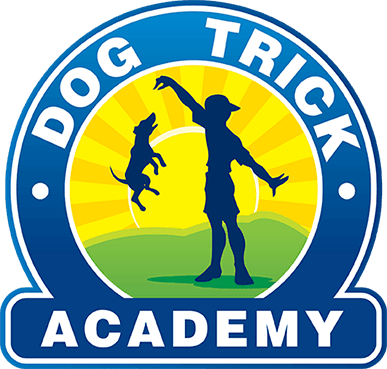
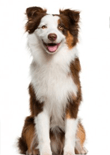
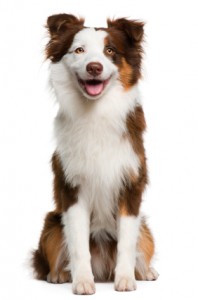 As a new dog owner it is perfectly normal to see your recent addition to the family as a complete mystery. Particularly with so much, and often conflicting, dog training advice available.
As a new dog owner it is perfectly normal to see your recent addition to the family as a complete mystery. Particularly with so much, and often conflicting, dog training advice available.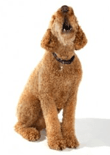
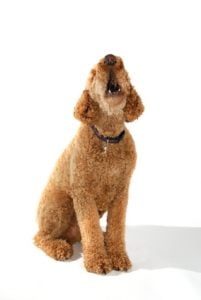 An incessant barking dog is sufficient to drive the most patient and loving dog owner slightly mad. The most tempting thing to do in this circumstance is to shout at the excited dog to stop. By doing this though you are only getting the dog more excited. In many cases he will believe that you are joining in and bark louder still.
An incessant barking dog is sufficient to drive the most patient and loving dog owner slightly mad. The most tempting thing to do in this circumstance is to shout at the excited dog to stop. By doing this though you are only getting the dog more excited. In many cases he will believe that you are joining in and bark louder still.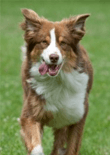
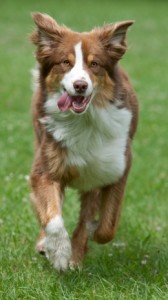 Recall training with your dog is crucial. The majority of dogs need to be able to run free to use up their energies on a daily basis. If your dog will not come back when called, then exercise can become a worrying and frustrating time.
Recall training with your dog is crucial. The majority of dogs need to be able to run free to use up their energies on a daily basis. If your dog will not come back when called, then exercise can become a worrying and frustrating time.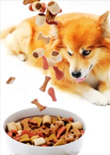
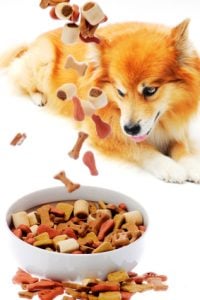 Positive dog training is reward based and motivational. Training your dog in a positive manner will ensure that the two of you have a great relationship. Communication is increased immensely by reward based training, and reinforcement alongside reward is a really enjoyable way to teach your dog.
Positive dog training is reward based and motivational. Training your dog in a positive manner will ensure that the two of you have a great relationship. Communication is increased immensely by reward based training, and reinforcement alongside reward is a really enjoyable way to teach your dog.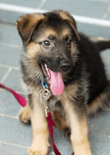
 The German shepherd is a charming puppy. Loyal and humorous the shepherd is cute as a youngster and dignified as an adult. All puppies need socialization and basic positive learning experiences in order to grow into well rounded dogs. The German shepherd is no exception.
The German shepherd is a charming puppy. Loyal and humorous the shepherd is cute as a youngster and dignified as an adult. All puppies need socialization and basic positive learning experiences in order to grow into well rounded dogs. The German shepherd is no exception.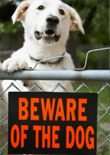
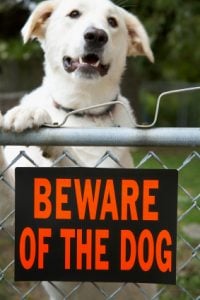 A dog that shows signs of aggression can become a problem within a family environment; therefore any dog owner should have a basic understanding of why and how a dog can become aggressive.
A dog that shows signs of aggression can become a problem within a family environment; therefore any dog owner should have a basic understanding of why and how a dog can become aggressive.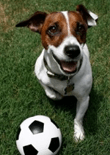
 Dog training games provide so much more than mental stimulation to your dog. They enable handler control and encourage the dog to focus. They build the relationship between you and your dog and bring the same relationship onto another level.
Dog training games provide so much more than mental stimulation to your dog. They enable handler control and encourage the dog to focus. They build the relationship between you and your dog and bring the same relationship onto another level.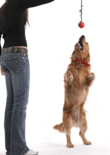
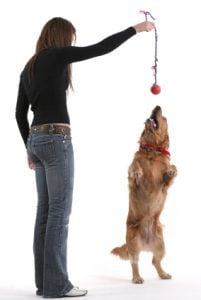 Basic dog training is not complicated. To train a dog is simply to teach him to do something. Dog training is often seen uniquely as teaching a dog to behave nicely, or do specific tricks to impress. What many people do not understand however is that is just as easy, if not easier, to train a dog to misbehave.
Basic dog training is not complicated. To train a dog is simply to teach him to do something. Dog training is often seen uniquely as teaching a dog to behave nicely, or do specific tricks to impress. What many people do not understand however is that is just as easy, if not easier, to train a dog to misbehave.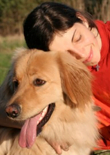
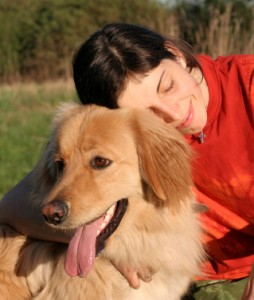 What is positive dog training? Is there such a thing as a positive or negative dog training?
What is positive dog training? Is there such a thing as a positive or negative dog training?